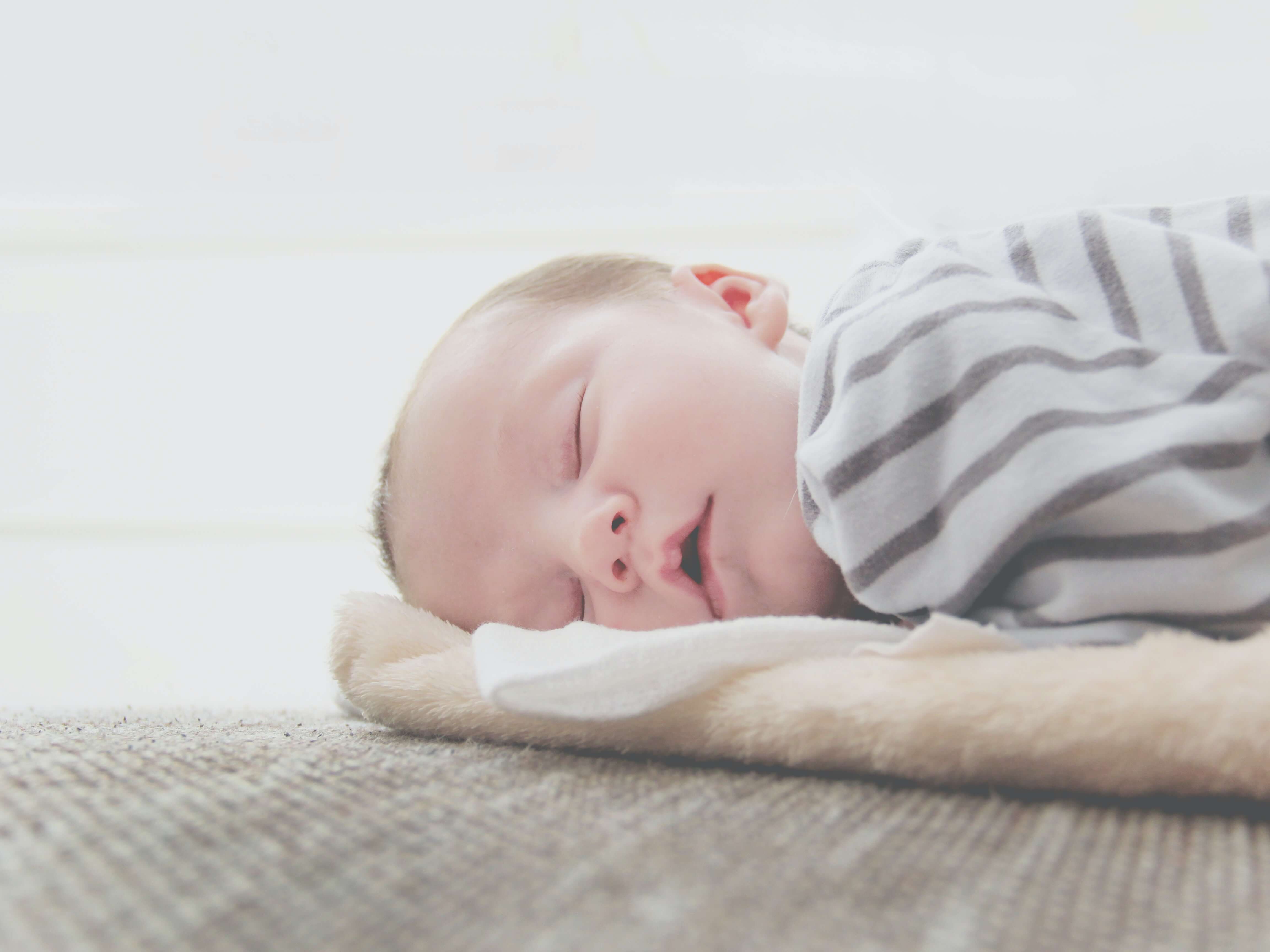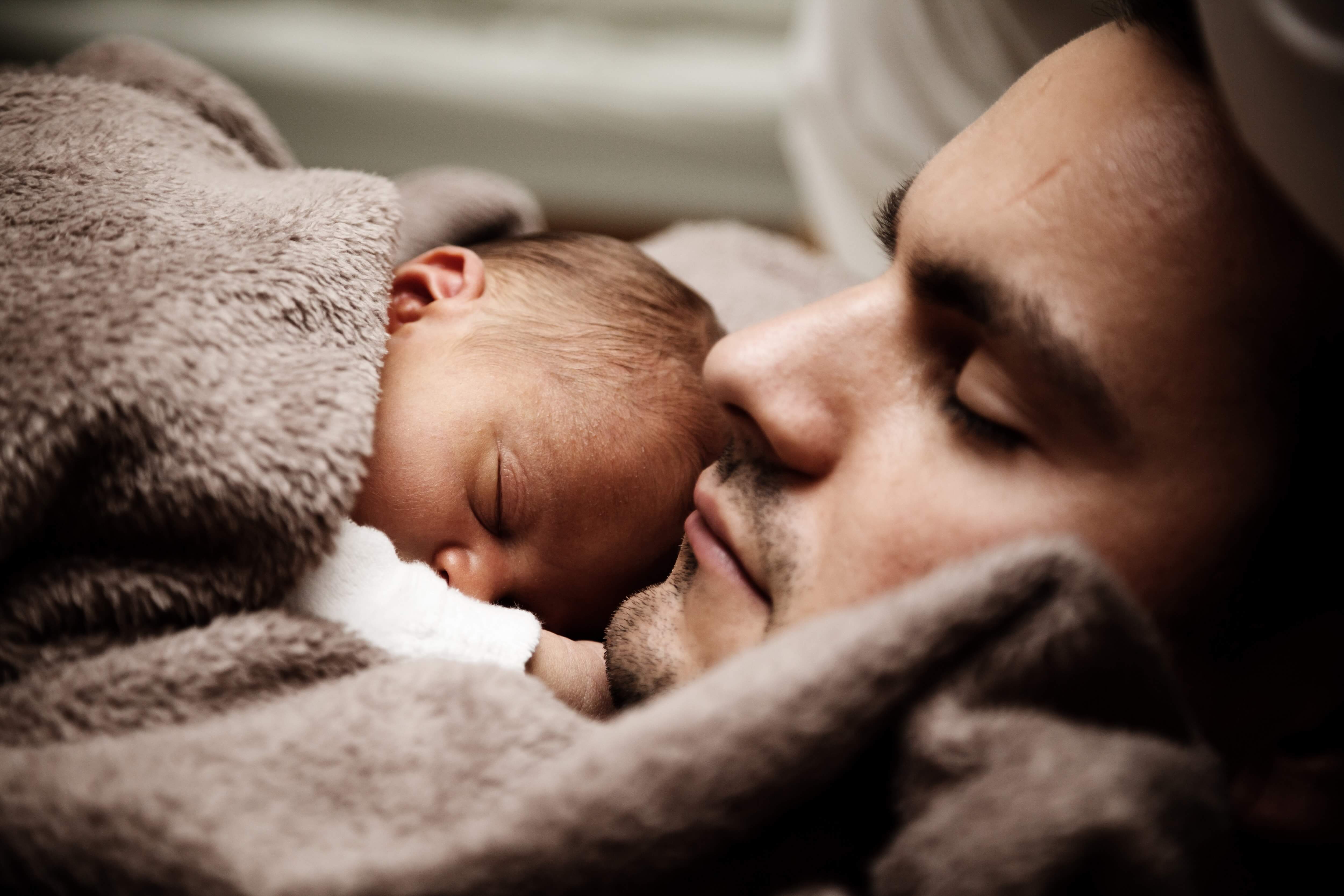It isn’t uncommon for new parents to be overwhelmed by the thought of leaving their little one’s side, especially when it comes to their sleeping arrangements. The American Academy of Pediatrics suggests that sharing the same room as your child for at least the first six months can dramatically reduce the risk of SIDS related incidents by as much as half. And the benefits of co-sleeping don’t just stop there. From feeding during the night to changing their diapers, sleeping in the same room can make life easier for parents as much as it does for their new addition.
However, there will more than likely come a time when you begin to consider transitioning your little one into their own room. While there’s no shortage of opinions on just when that should be, deciding the right moment to move your baby into their own space is entirely up to you. While pediatricians recommend co-sleeping for anywhere from 6 months to a year if possible, it really is based on your individual comfort level.
Let us not forget that this is a big milestone for you and your little one, as it signifies a pivot towards their independence. But trust us, there will be no shortage of quality time with your baby even once they’ve moved into their own little space.

How Will I Know if My Baby is Ready to Sleep on Her Own?
At around the six-month mark, babies begin to develop a more acute sense of their surroundings. Accordingly, their sleep cycles will also begin to mature, which may not necessarily align with yours. But not to worry, this will end up working itself out as your patterns begin to sync.
Emotions aside, there are a few factors that might indicate your little one is ready to sleep in their own room. These include but aren’t limited to:
- Your baby is rolling over on their own
- He or she is beginning to outgrow their bassinette
- They no longer need the same number of nighttime feedings that they used to

Preparing a Safe Sleeping Space for Your baby
Once you do decide you’re ready to transition your little one into their own quarters, there are a few safe sleep guidelines that you should consider when setting up their new room.
Have your baby camera already installed by the time you switch them into their own space. Fortunately, this doesn’t necessarily mean you have to remove the one you already have set up. With VAVA, you can connect up to four cameras, allowing you to keep an eye on your child no matter where they are in the house. It also has a unique panoramic scan feature that even works at night so that you can have a full view of your baby’s nursery without ever feeling left in the dark (pun intended.)
Most importantly, the crib should be relatively empty. Aside from a tightly fit sheet on top of their firm mattress, there should be no blankets, pillows, bumpers or stuffed animals surrounding them. This is to prevent any overheating or accidental obstruction that could restrict their breathing. Pacifiers are OK once they’re older, but never insert into their mouth when they’re sleeping. It’s also important that it doesn’t have any strings attached to it.
Another way to avoid overheating is to set the room at a temperature that’s comfortable enough for a lightly dressed adult.
With your VAVA monitor set up, you’ll have everything you need to keep an eye on them throughout the night. This will come in handy particularly during those first few weeks, as it will offer you a sense of comfort knowing you can check in to make sure your baby is comfortable.

Getting the Routine Down to Successfully Put Your Baby Down to Rest
Keep in mind that it isn’t uncommon for your little one to initially reject the idea of sleeping on their own. That’s why some parents may choose to gradually introduce them to their new sleeping arrangements by having them take naps in their room first. You might also want to set up a little make-shift bed of your own to sleep in the room with them for a few nights until they’re more adjusted.
Even though you’re changing where they sleep, it can help to maintain what they’re sleeping in. Many parents have found that using the same bedsheets offers their little one a sense of security as they’re familiar with the smell.
If you do decide to change their bedding, consider sleeping with it in your bed for a night or two. Babies love smells so once it’s time to fit it in your little one’s crib, they’ll recognize your scent and feel more comfortable.

No Need to Rush
As mentioned earlier, deciding when to transition your little one into their own room is a personal choice. While we do recommend adhering to the AAP guidelines that suggest co-sleeping for at least the first six months, choosing how to move forward after that is based on the comfort level of both you and your baby. So, with that said, when it comes to your little one sleeping on their own, no harm in taking another night to sleep on it.




Leave a comment